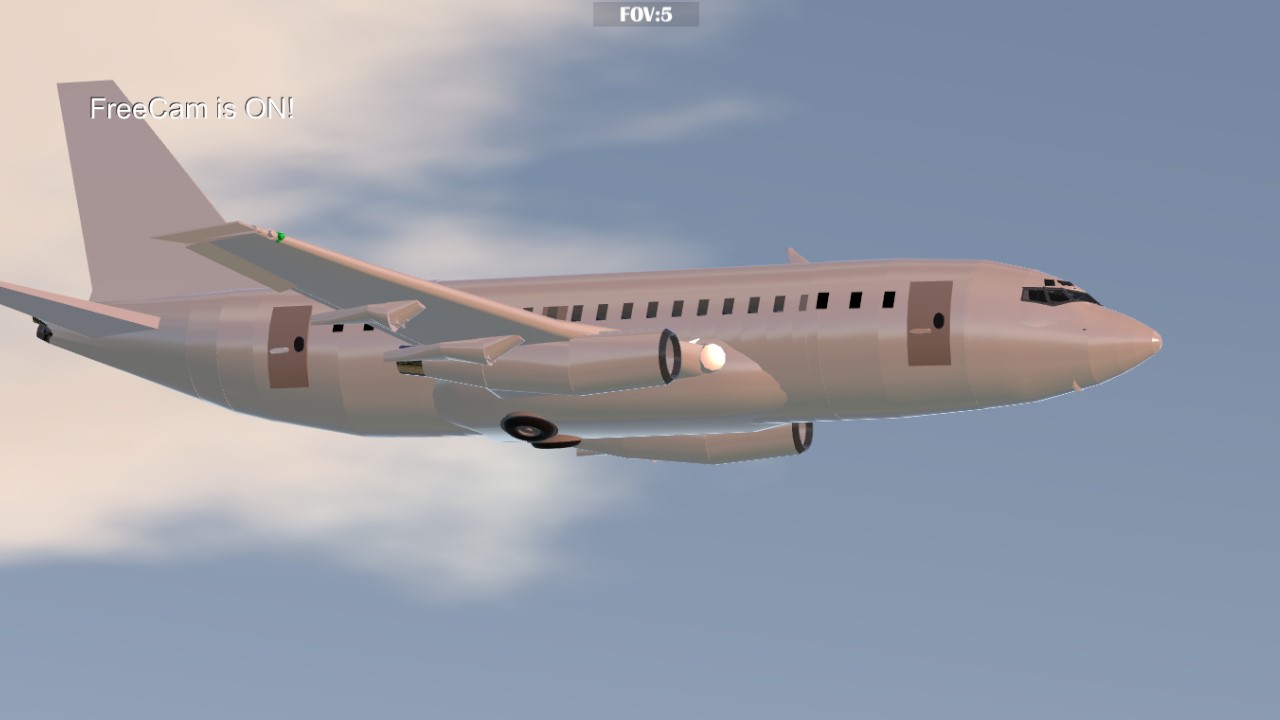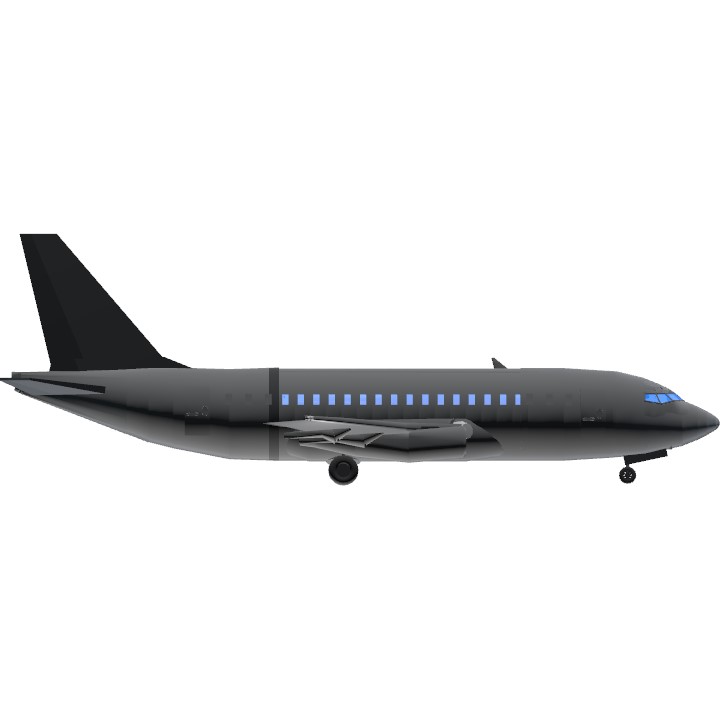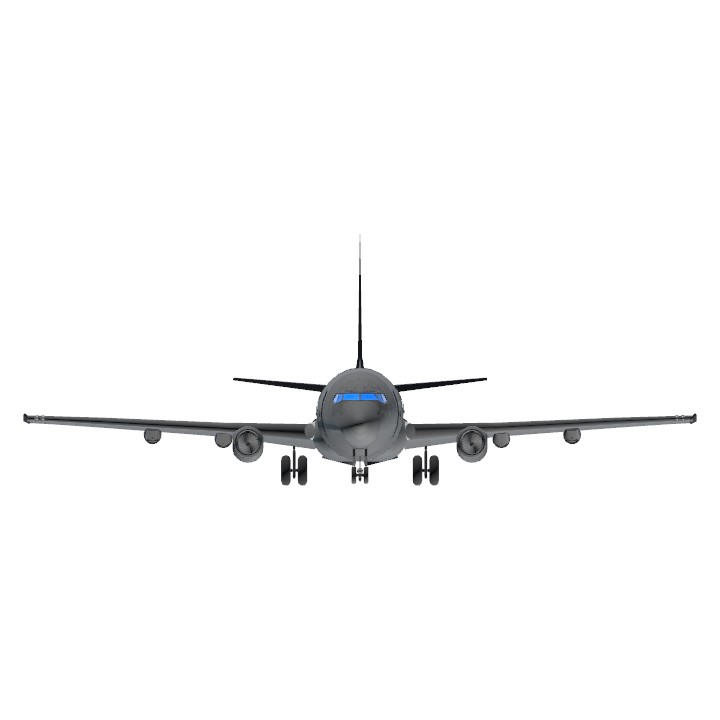About the boeing 737 200
he Boeing 737 is a narrow-body aircraft produced by Boeing at its Renton Factory in Washington. Developed to supplement the Boeing 727 on short and thin routes, the twinjet retains the 707 fuselage width and six abreast seating but with two underwing turbofans instead of four. Envisioned in 1964, the initial 737-100 made its first flight in April 1967 and entered service in February 1968 with Lufthansa. The lengthened 737-200 entered service in April 1968, and evolved through four generations, offering several variants for 85 to 215 passengers.
The 737-100/200 original variants were powered by Pratt & Whitney JT8D low-bypass engines and offered seating for 85 to 130 passengers. Launched in 1980 and introduced in 1984, the 737 Classic -300/400/500 variants were upgraded with CFM56-3 turbofans and offered 110 to 168 seats. Introduced in 1997, the 737 Next Generation (NG) -600/700/800/900 variants have updated CFM56-7 turbofans, a larger wing and an upgraded glass cockpit, and seat 108 to 215 passengers. The latest generation, the 737 MAX, 737-7/8/9/10 MAX, powered by improved CFM LEAP-1B high bypass turbofans and accommodating 138 to 204 people, entered service in 2017. Boeing Business Jet versions are produced since the 737NG, as well as military models.
As of May 2023, 15,646 Boeing 737s have been ordered and 11,431 delivered. Initially, its main competitor was the McDonnell Douglas DC-9, followed by its MD-80/MD-90 derivatives. In 2013, the global 737 fleet had completed more than 184 million flights over 264 million block hours since its entry into service. It was the highest-selling commercial aircraft until being surpassed by the competing Airbus A320 family in October 2019, but maintains the record in total deliveries. The 737 MAX, designed to compete with the A320neo, was grounded worldwide between March 2019 and November 2020 following two fatal crashes.
Development
1964 concept with tail mounted engines
October 18, 1966, Jet aircraft patent, filed June 22, 1965, by John Steiner and Joe Sutter for Boeing
Initial design
Boeing had been studying short-haul jet aircraft designs, and saw a need for a new aircraft to supplement the 727 on short and thin routes.[2] Preliminary design work began on May 11, 1964,[3] based on research that indicated a market for a fifty to sixty passenger airliner flying routes of 50 to 1,000 miles (100 to 1,600 km).[2][4]
The initial concept featured podded engines on the aft fuselage, a T-tail as with the 727, and five-abreast seating. Engineer Joe Sutter relocated the engines to the wings which lightened the structure and simplified the accommodation of six-abreast seating in the fuselage.[5] The engine nacelles were mounted directly to the underside of the wings, without pylons, allowing the landing gear to be shortened, thus lowering the fuselage to improve baggage and passenger access.[6] Relocating the engines from the aft fuselage also allowed the horizontal stabilizer to be attached to the aft fuselage instead of as a T-tail.[7] Many designs for the engine attachment strut were tested in the wind tunnel and the optimal shape for high speed was found to be one which was relatively thick, filling the narrow channels formed between the wing and the top of the nacelle, particularly on the outboard side.
At the time, Boeing was far behind its competitors; the SE 210 Caravelle had been in service since 1955, and the BAC One-Eleven (BAC-111), Douglas DC-9, and Fokker F28 were already into flight certification.[8] To expedite development, Boeing used 60% of the structure and systems of the existing 727, particularly the fuselage, which differs in length only. This 148-inch (3.76 m) wide fuselage cross-section permitted six-abreast seating compared to the rivals' five-abreast. The 727's fuselage was derived from the 707.[9]
The proposed wing airfoil sections were based on those of the 707 and 727, but somewhat thicker; altering these sections near the nacelles achieved a substantial drag reduction at high Mach numbers.[10] The engine chosen was the Pratt & Whitney JT8D-1 low-bypass ratio turbofan engine, delivering 14,500 pounds-force (64 kN) of thrust.[11]
The concept design was presented in October 1964 at the Air Transport Association maintenance and engineering conference by chief project engineer Jack Steiner, where its elaborate high-lift devices raised concerns about maintenance costs and dispatch reliability.[5]
Specifications
Spotlights
- Skyler101 2.4 years ago
General Characteristics
- Predecessor [50 followers special] Ryanair Boeing 737-200
- Created On Windows
- Wingspan 93.2ft (28.4m)
- Length 100.1ft (30.5m)
- Height 34.9ft (10.6m)
- Empty Weight N/A
- Loaded Weight 103,531lbs (46,960kg)
Performance
- Power/Weight Ratio 1.986
- Horse Power/Weight Ratio 0.01
- Wing Loading 58.5lbs/ft2 (285.6kg/m2)
- Wing Area 1,769.6ft2 (164.4m2)
- Drag Points 29713
Parts
- Number of Parts 655
- Control Surfaces 7
- Performance Cost 3,940





@TheMikolorian Sure
@N0ble can I use that aircraft for a polish Airlines liviery
@NAFASIRO Okay thank you
@JamesPlaysYT or you may try reducing speed to reduce the amount o lift created
@JamesPlaysYT thats what trim is for
Hello Sir NAFASIRO Apparently I Have Problem With This Aircraft, After I Takeoff It Keeps Climbing Up. Pls Fix it Thank You So I Can Make Liveries Into this Aircraft.
@Questplanes alright, im here to help if you need me
@NAFASIRO thank my first project is going to be a most realistic Cessna I can build
@Questplanes yup
@NAFASIRO So you can make it with just the regular simple planes creator in the game
@Questplanes just make sure that the whole plane is welll controllable from the cockpit and i dont have to keep pausing my game
How do you build the cockpit for a VR?
737-300 next with cargo and winglets
Classic